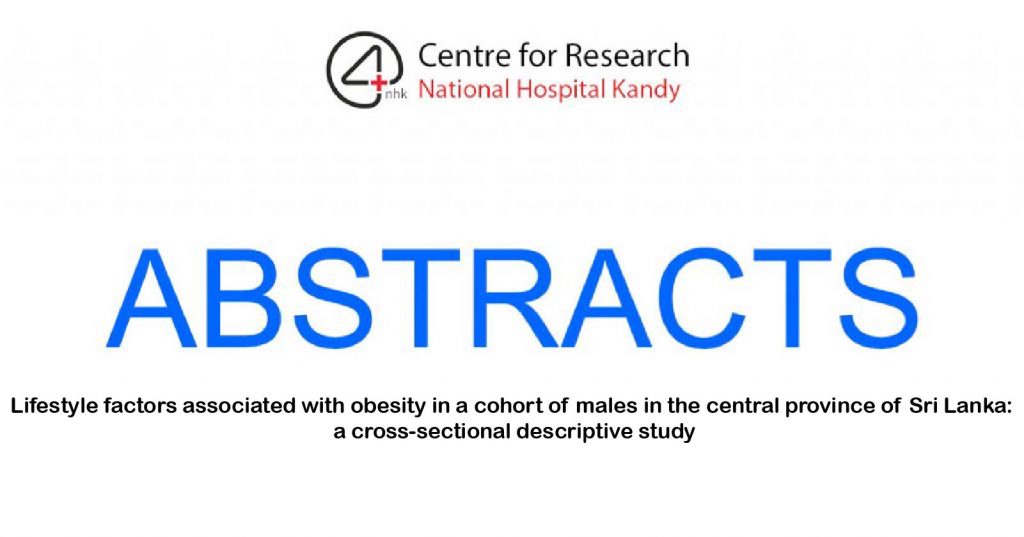Free PMC article
Abstract
Background/objectives: Mechanisms of obesity-associated insulin resistance and dysglycemia in South Asians remain relatively unknown. The objective of this study was to detect subcutaneous (SAT) vs. visceral (VAT) adipose tissue characteristics and adipocytokines associated with obesity, insulin resistance, and dysglycemia in South Asian women.
Subjects/methods: This was a hospital-based cross-sectional study conducted in Sri Lanka. Subjects comprised of 58 adult women who underwent routine abdominal surgeries. SAT and VAT were obtained from anterior abdominal wall and omentum, respectively. Measures of adiposity, serum insulin and glucose, SAT and VAT crown-like structures (CLS), macrophages, resistin by immunohistochemistry, mean adipocyte area (MAA), and serum adipocytokines were examined.
Results: The homeostatic model assessment for insulin resistance (HOMA-IR) score significantly correlated with age and waist circumference (WC), but not with body mass index (BMI). Although the number of CLS positively correlated with BMI, there were no significant differences between the number of CLS in women with normal fasting glucose (NFG) vs. those with impaired fasting glucose (IFG), indicating that adipose tissue macrophage infiltration is unlikely to be related to dysglycemia. In contrast, serum resistin level was on average 60% higher in women with IFG compared to ones with NFG (p < 0.05). Serum resistin levels correlated with age (r = 0.36, p < 0.05) and WC (r = 0.27, p < 0.05). There were no associations in serum levels of other adipocytokines with IFG. Adipose immunohistochemistry showed that women with IFG had a higher percentage of resistin positive adipocytes in SAT compared to ones with NFG. MAA of VAT, but not SAT, correlated with both BMI and WC.
Conclusions: Resistin may be an important adipokine linking central adiposity and insulin resistance in South Asian women. Both systemic and adipose tissue resistin are linked to dysglycemia in these individuals and may be a potential biomarker for diabetes in this population.
![]()

